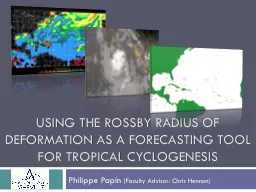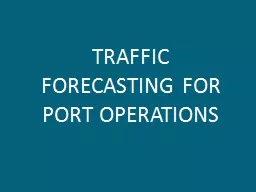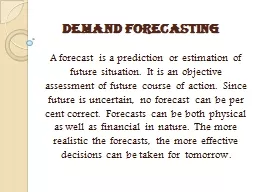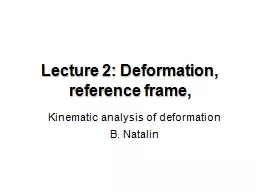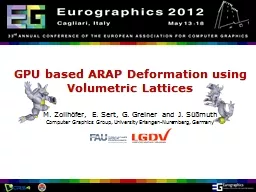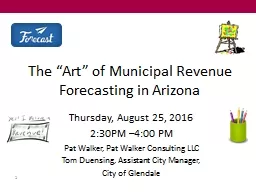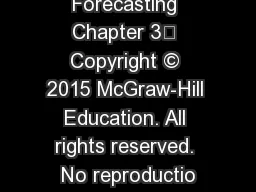PPT-Using the Rossby Radius of Deformation as a Forecasting Tool for Tropical Cyclogenesis
Author : iainnoli | Published Date : 2020-06-17
Philippe Papin Faculty Advisor Chris Hennon Outline Tropical Cyclogenesis background Forecasting TCG Rossby Radius of Deformation RROD Equation and Diagrams Using
Presentation Embed Code
Download Presentation
Download Presentation The PPT/PDF document "Using the Rossby Radius of Deformation a..." is the property of its rightful owner. Permission is granted to download and print the materials on this website for personal, non-commercial use only, and to display it on your personal computer provided you do not modify the materials and that you retain all copyright notices contained in the materials. By downloading content from our website, you accept the terms of this agreement.
Using the Rossby Radius of Deformation as a Forecasting Tool for Tropical Cyclogenesis : Transcript
Download Rules Of Document
"Using the Rossby Radius of Deformation as a Forecasting Tool for Tropical Cyclogenesis "The content belongs to its owner. You may download and print it for personal use, without modification, and keep all copyright notices. By downloading, you agree to these terms.
Related Documents

